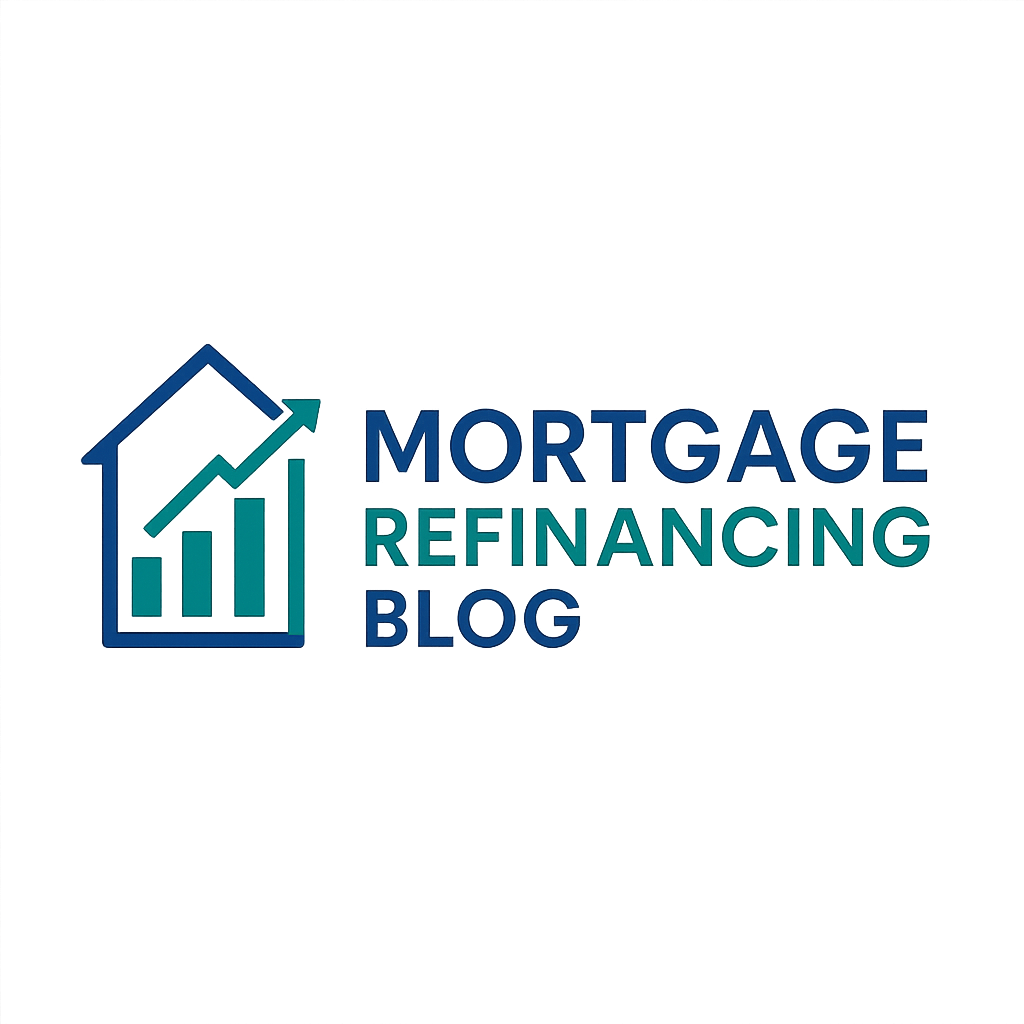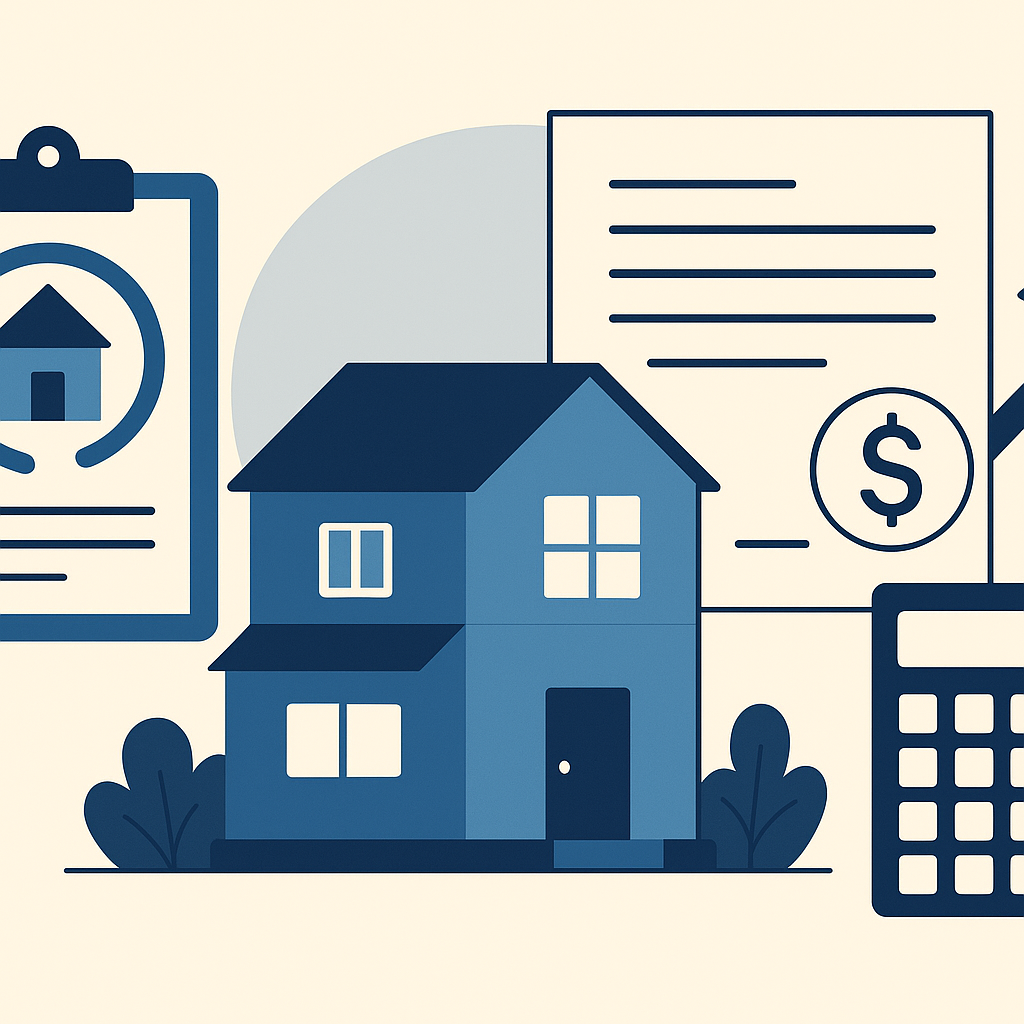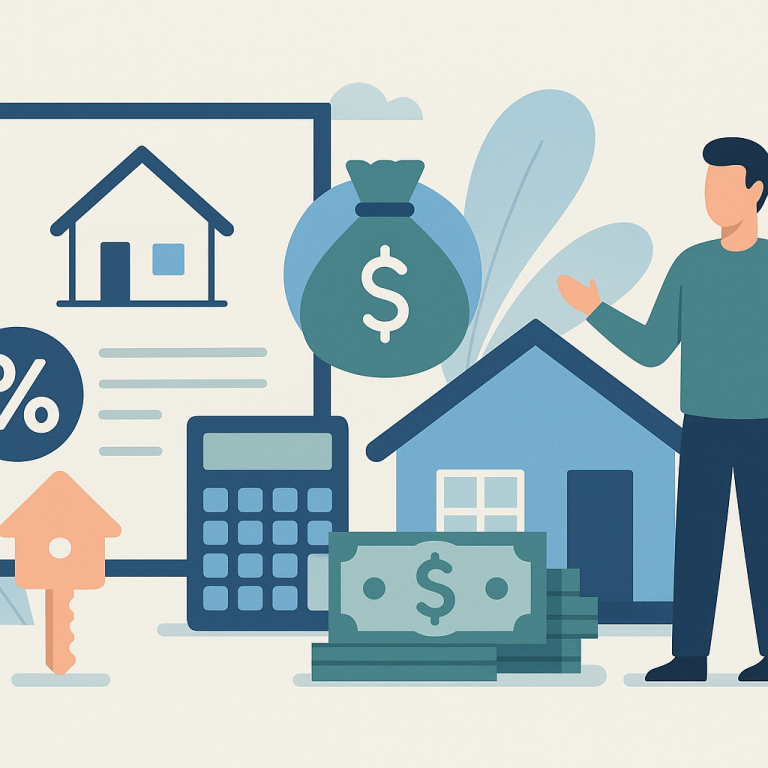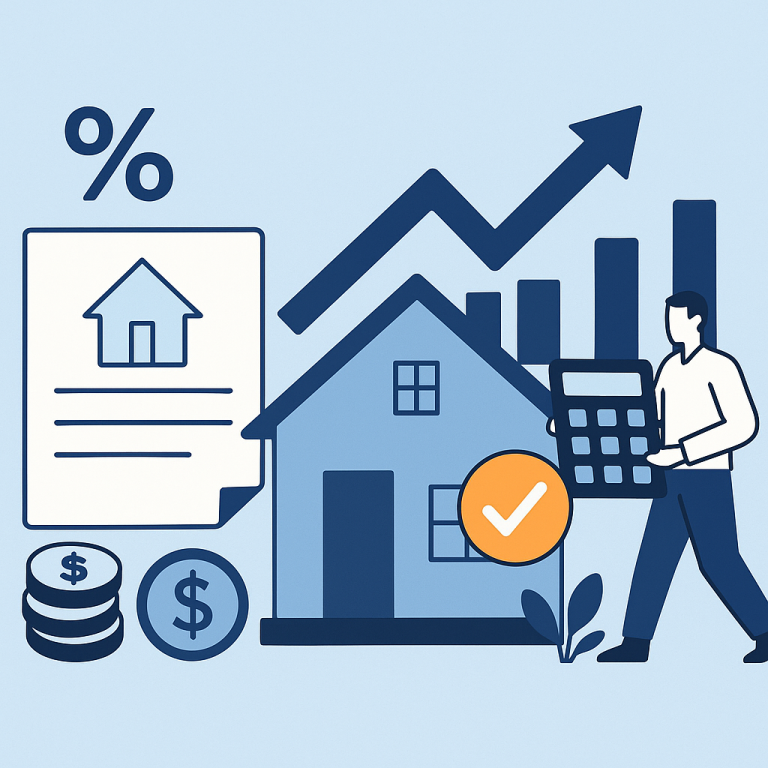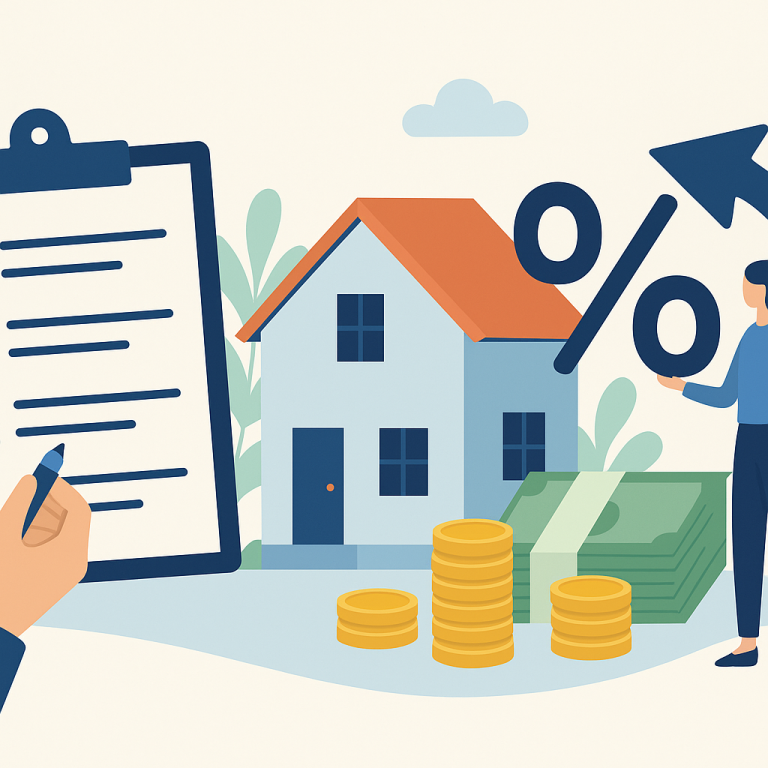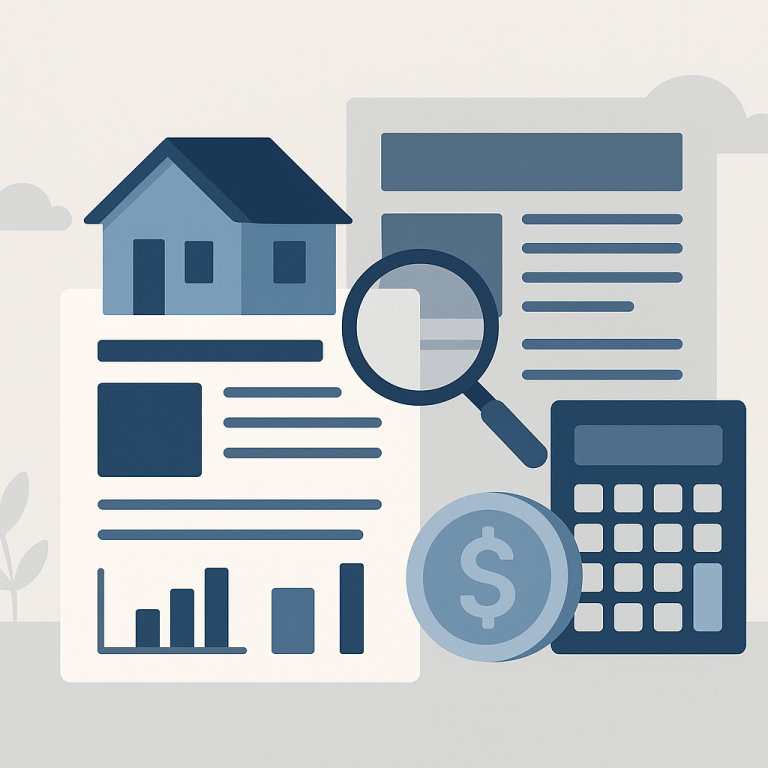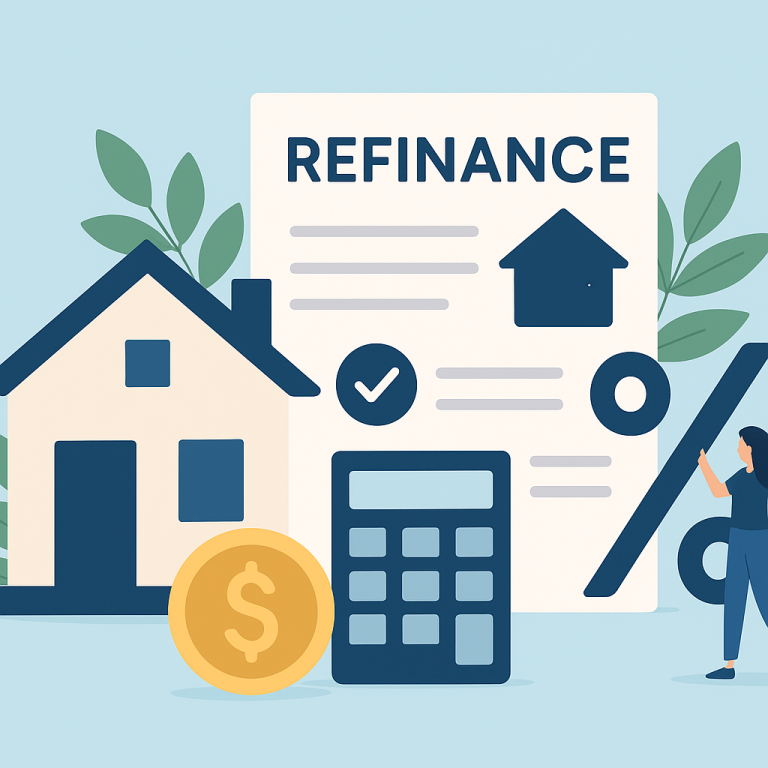30-Year Fixed Mortgage Refinance Rates Fall 0.25%, Applications Surge 12%
At a glance: The latest mortgage rate drop and how it could affect refinancing decisions.
Mortgage rates have moved lower. That can improve affordability and may reopen refinance options for borrowers whose current rate is above today’s quotes.
What the Rate Drop Means for Borrowers
As mortgage rates moderate from their recent highs, many homeowners are reassessing whether refinancing makes sense. The current environment favors targeted decisions: not every borrower will benefit, but those with sufficient equity, improved credit profiles, or a clear financial objective can often secure meaningful improvements to their mortgage cost or structure. This article outlines the key considerations homeowners should weigh before starting a refinance.
Refinancing can achieve several different goals: lowering the interest rate, shortening the loan term to build equity faster, reducing monthly payments, eliminating mortgage insurance, or extracting cash for remodeling or debt consolidation. Because each objective changes the calculus, homeowners should begin with a clear priority before comparing offers.
Start by reviewing your existing loan and personal situation. Identify your current interest rate, remaining balance, remaining term, and any prepayment penalties or lender-specific restrictions. At the same time, gather information about your credit score, employment stability, and the amount of home equity you can document. These inputs determine the loan products and pricing for which you will qualify.
Next, calculate the break-even horizon. Refinancing involves upfront costs — appraisal fees, title and recording fees, lender fees, and other closing costs — so compare those expenses against the monthly savings that a lower rate or adjusted term would produce. If you expect to stay in the home beyond the break-even point, a refinance aimed at lowering the effective interest cost may be worthwhile; if you anticipate moving sooner, the math can favor staying with the current loan.
Decide whether your priority is a rate-and-term refinance or a cash-out refinance. Rate-and-term refinances focus on achieving a lower rate or different term without increasing the loan balance. Cash-out refinances increase the loan balance to provide funds for other purposes; they can be useful but typically come with trade-offs such as potentially higher interest rates or resetting the amortization schedule.
Consider the loan term and product type. Converting from an adjustable-rate product to a long-term fixed product can reduce rate risk for borrowers planning to stay in place long term. Conversely, refinancing to a shorter-term fixed loan accelerates equity building and reduces interest costs over the life of the loan, though monthly payments will usually be higher. The optimal term depends on financial goals and cash-flow tolerance.
Don’t overlook ancillary benefits and costs. Refinancing can remove private mortgage insurance if your equity has grown, but it can also restart the clock on interest amortization. Shopping multiple lenders can yield differences in fees and rate quotes; request a loan estimate and compare the total costs and features, not just the headline rate. Also evaluate timing and rate-lock options to protect against rate movements during processing.
Homeowner takeaways
- Clarify your primary objective: lower payment, shorter term, remove mortgage insurance, or access cash.
- Gather loan details, credit information, and equity estimates before soliciting offers.
- Compute the break-even period to determine whether upfront refinancing costs are justified by expected savings.
- Compare multiple lenders on total costs, not just advertised rates; request standardized loan estimates.
- Weigh the pros and cons of switching product types, and consider how a refinance affects long-term interest and amortization.
- Plan for timing and lock windows to manage interest-rate volatility during processing.
Refinancing can be a powerful tool when executed with clear goals and careful cost-benefit analysis. Homeowners who assess their circumstances, shop competitively, and focus on the break-even horizon are best positioned to decide whether to move forward.
META:refinance-window-homeowner-guide
